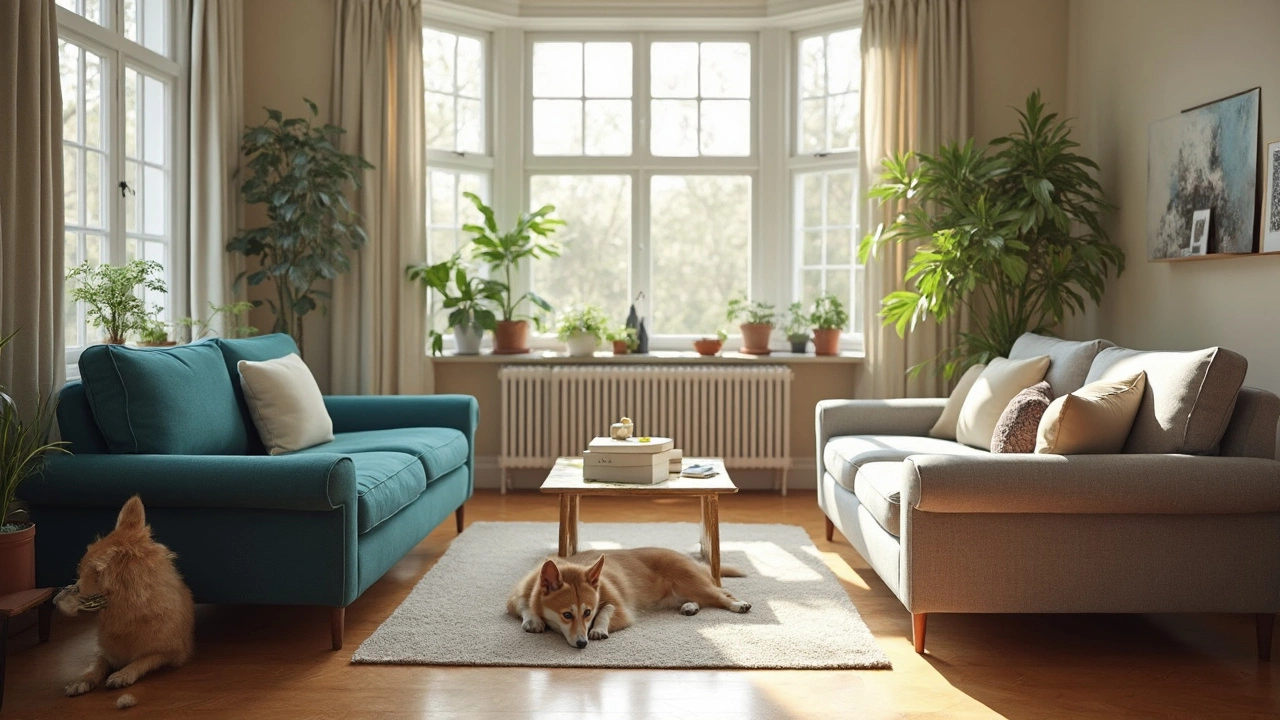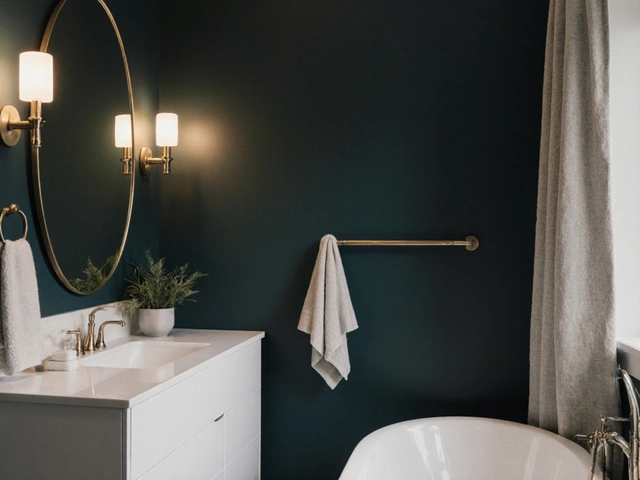Loveseat Buying Guide: Choose, Place, and Style Your Small Sofa
If you’re looking for a comfy spot that doesn’t dominate the room, a loveseat is a smart choice. It fits tight spaces, offers two seats, and still feels like a proper sofa. Below you’ll find practical tips to help you pick the right one, where to put it, and how to make it look great.
Choosing the Right Size and Shape
First, measure the space where you plan to put the loveseat. Leave at least 12 inches of clearance on each side so you can move around easily. Most loveseats are between 55 and 70 inches wide. If your room is narrow, go for the slimmer side‑by‑side model; if you have a square nook, a deeper, rounded back can add visual balance.
Comfort matters, too. Test the seat depth – a good range is 18 to 22 inches. Anything shallower feels like a chair, while deeper seats are great for lounging but can feel cramped for taller people. Sit with your feet flat on the floor; you should be able to rest your knees comfortably.
Styling Your Loveseat for a Cohesive Look
Once you have the right size, think about fabrics. A durable cotton blend works well in family rooms, while velvet adds a touch of luxe for a bedroom or formal sitting area. Choose a colour that either matches your existing palette or creates a subtle contrast – a soft grey on a white wall feels calm, a deep navy adds drama.
Cushion placement can change the vibe instantly. Add two or three throw pillows in complementary colours or patterns to break up the solid fabric. If you love a layered look, mix textures – a knitted pillow beside a smooth linen one creates depth without overwhelming the eye.
Don’t forget the surrounding furniture. Pair the loveseat with a narrow side table or a slim storage bench to keep the floor space open. A low coffee table in front keeps the seating area functional for snacks or magazines.
If you want a focal point, place the loveseat opposite a striking wall art piece or a floor lamp. This draws the eye and makes the loveseat feel intentional rather than an afterthought.
When the loveseat lives in a bedroom, treat it like a reading nook. Add a floor lamp, a small side table for a book, and a cozy blanket. The same piece can double as a daybed if you choose one with a removable back.
Maintenance is simple. Spot‑clean fabric stains with a mild detergent and a soft cloth. For leather loveseats, wipe with a damp cloth and condition every six months to keep it supple.
Finally, trust your gut. The most important factor is how the loveseat feels to you. Sit, relax, and picture how you’ll use it daily. If it feels right, you’ve likely found the perfect match for your home.

Loveseat vs Couch: Which One Actually Fits Your Space?
Stuck between buying a loveseat or a couch? This article breaks down the real differences, showing where each option shines—and where it falls flat. From space-saving tricks to hosting hacks, you'll find straightforward tips to help you decide. You’ll also get practical advice on comfort, cost, and the way these pieces change your living space. No-nonsense answers for anyone rethinking their sofa situation.
Categories
- Storage (27)
- Bathroom (18)
- Sofas (15)
- Curtains (15)
- Home Decor (12)
- Bedding (11)
- Kitchenware (11)
- Cushions (11)
- Mirrors (10)
- Rugs (9)
Popular Articles



